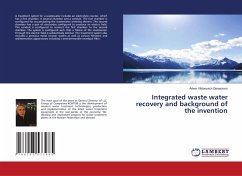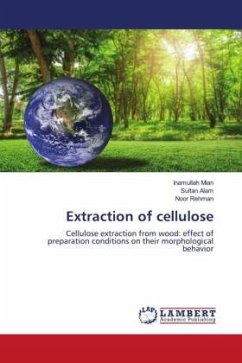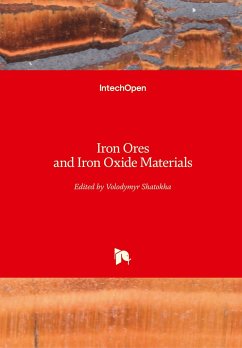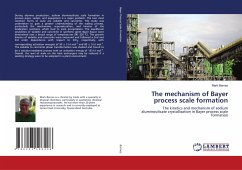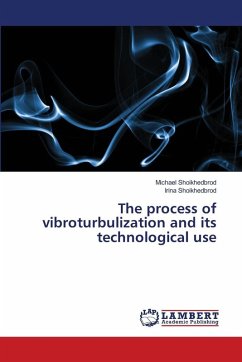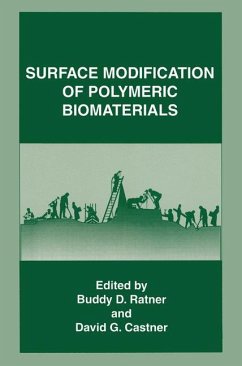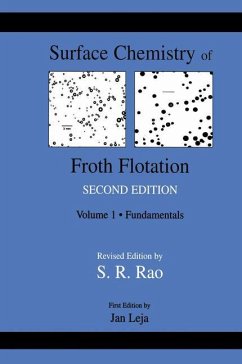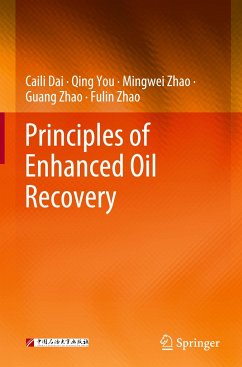
Extraction of Gold Metal from Egyptian Ores by Optimized Green Process
Versandkostenfrei!
Versandfertig in 6-10 Tagen
33,99 €
inkl. MwSt.

PAYBACK Punkte
17 °P sammeln!
In Egypt, the extraction of gold is well known from ancient times. More than 110 gold deposits have been exploited in the eastern desert of Egypt. Most of these deposits were discovered by the Ancient Egyptians (4,000 year BC). Gold extraction from the major rich gold deposits lasted from Pharaonic era through the Roman and Islamic times and continues today. Extraction of gold from its ores is mainly accomplished with cyanidation. The replacement of cyanide by a non-toxic alternative is becoming important. After almost two decades in the field of electrochemical extraction of gold, thiosulfate...
In Egypt, the extraction of gold is well known from ancient times. More than 110 gold deposits have been exploited in the eastern desert of Egypt. Most of these deposits were discovered by the Ancient Egyptians (4,000 year BC). Gold extraction from the major rich gold deposits lasted from Pharaonic era through the Roman and Islamic times and continues today. Extraction of gold from its ores is mainly accomplished with cyanidation. The replacement of cyanide by a non-toxic alternative is becoming important. After almost two decades in the field of electrochemical extraction of gold, thiosulfate leaching appears to be the most promising alternative to cyanidation for the recovery of gold from its ores. This book focuses on each of the following issues: (1) replacing cyanide by using this non-toxic alternative, (2) optimizing the variables that control the leaching process, (3) characterization and concentration of gold minerals from El Sukari and Hamash mines, and (4) Leaching of gold ore applying the optimum conditions achieved. Finally, cementation using zinc and copper powders were tested for recovering gold from the thiosulfate leach liquor.




